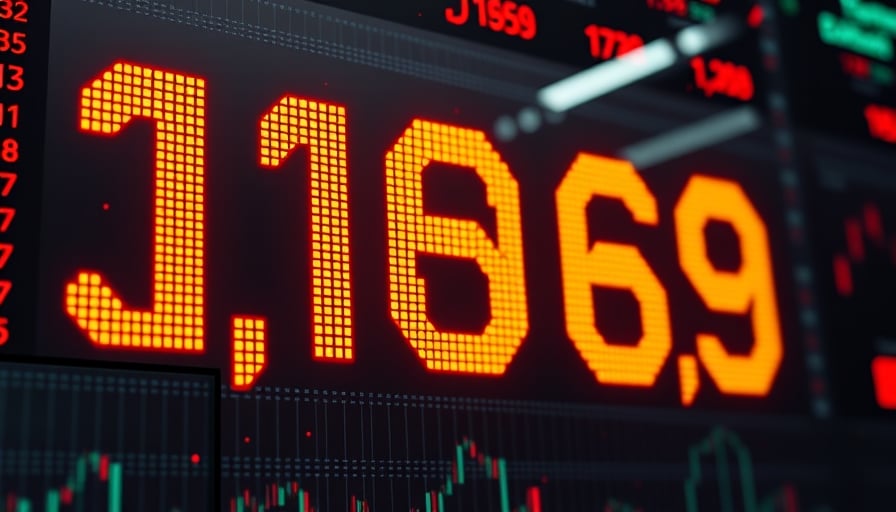Corporate Culture Versus Market Reality
Hang Seng Bank has publicly pledged a “healthy work‑life balance” under the leadership of Luanne Lim, positioning itself as a progressive employer in an industry notorious for long hours. Yet the bank’s own performance metrics—closing at HKD 151.7 on 13 November 2025, a 52‑week high of HKD 168 and a low of HKD 90.8—illustrate a company that has weathered volatility but not escaped it. With a market capitalisation of HKD 284.1 billion and a price‑to‑earnings ratio of 19.84, Hang Seng sits comfortably within the upper tier of Hong Kong banks, but the question remains: can a culture that promotes balance coexist with the aggressive risk‑taking required in a deteriorating property market?
The Property Conundrum
The city’s real estate slump is at its deepest since the Asian financial crisis, and regulators are tightening scrutiny of distressed loans. The de‑facto central bank has begun to pressure lenders on credit lines for even smaller developers, a move that signals alarm. Bankers are re‑evaluating the lofty valuations of collateral backing hundreds of billions in property debt, a phenomenon that threatens to erode capital buffers. Hang Seng, with its extensive presence in Mainland China and Hong Kong, is not immune. While the bank’s diversified product suite—online banking, mortgages, general insurance, and fund management—provides multiple revenue streams, its exposure to real‑estate‑related lending remains significant. The current environment forces Hang Seng to balance two conflicting imperatives: safeguarding the balance sheet against collateral devaluation while maintaining lending momentum to stay competitive.
ADR Market Snapshot
Recent ADR data paints a nuanced picture of investor sentiment. Hang Seng’s ADR (HSNGY) trades at HKD 150.77, a modest 0.61 % premium to the underlying HKD price, reflecting a cautious yet still supportive market stance. Other relevant ADRs—such as HSBC (HSBC) at HKD 112.79 and HKX (HKX) at HKD 422.79—illustrate the broader market’s willingness to sustain valuation spreads despite headwinds. This indicates that, although the property crisis is palpable, Hang Seng’s stock maintains relative resilience, likely buoyed by its diversified services and robust capital base.
Conclusion
Hang Seng Bank’s commitment to a healthy work‑life balance is commendable, but it cannot absolve the institution from the systemic risks posed by Hong Kong’s real‑estate crisis. The bank must demonstrate that its corporate culture is not merely performative; it must translate into disciplined risk management, proactive asset valuation, and resilient capital allocation. Investors will be watching closely: the next quarter will reveal whether Hang Seng’s culture can withstand the pressure of a market that is increasingly unforgiving to banks heavily exposed to property assets.




